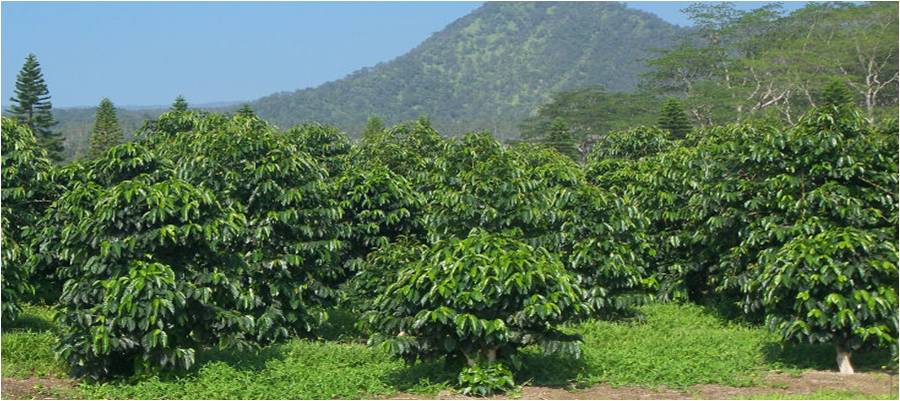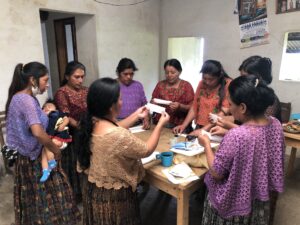 We are applying the regional program with 18,380 coffee-farming families in the poorest of Guatemala’s 22 departments, Alta Verapaz.
We are applying the regional program with 18,380 coffee-farming families in the poorest of Guatemala’s 22 departments, Alta Verapaz.
Alta Verapaz has 26% of Guatemala’s coffee farmers, and they produce high-quality Arabica coffee. They were poor because they had low productivity, and they sold unhusked coffee to local buyers rather than husking their coffee cherries and selling them directly to exporters. They earned more than $106 a year from their coffee when they could earn at least $700.
Farmers grow coffee on mountainsides as steep as 50 to 60 degrees. They grow coffee on steeper slopes and corn and beans for food on less steep slopes. They need to terrace their coffee plots to control erosion.
THE GENERAL POPULATION
At the start of the project, 767 farmers from 191 communities defined 28 practices they needed to adopt in order to graduate from poverty — 8 for increasing productivity, 7 for husking coffee for a higher price, 7 for conserving their mountainside land, and 6 for making better business decisions.
Our local partners, municipal officials, and primary school teachers teach and promote the practices. However, with Covid, meetings with farmers were suspended, schools were closed, and the increases in both knowledge and adoption leveled off. In early 2022, municipal meetings with farmers resumed, schools reopened, and regular promotion of the practices started again. As such, knowledge and adoption of the practices are climbing again. (B/L = Baseline)

THE LEADER COMMUNITIES
The increases in productivity, price, and income are divided into three groups: (I) 40 original communities in the municipalities of San Cristóbal and Carchá that had five years of technical assistance; (II) 21 original communities in the municipality of Cobán that had three and a half years; and (II) 60 new communities in all three municipalities that had three years. All three groups had good to excellent increases in productivity, and farmers finally got moving on husking their coffee and selling it directly to exporters. The baseline productivity for all farmers was 1.73 per 1/9th of an acre, husking was 0%, and income $106 per year from coffee.

Conservation is the percentage of land on which farmers apply all seven mountainside conservation practices. The leader-community farmers can conserve 1,500 acres of mountainside farmland and are now conserving 929 acres.
THE WOMEN
Increases in Personal Growth. The results are divided into two groups: the 824 women in the 61 original communities and the 1,145 women in the 60 new communities. The women evaluated their personal growth in six areas: capacity to speak in public; confidence to speak in public; empowerment; leadership; equal participation in the technical assistance in coffee; and equal participation in building a coffee-producing business. Both groups of women reached nearly full capacity.

 Evidence of Increases in Leadership and More Effective Membership in Communities. When the women were asked for indicators of their increases in leadership, they reported becoming leaders in their churches, savings groups, and parent-teacher associations. Some reported becoming members of their male-dominated community development councils, and nearly all reported voicing their opinions in public meetings.
Evidence of Increases in Leadership and More Effective Membership in Communities. When the women were asked for indicators of their increases in leadership, they reported becoming leaders in their churches, savings groups, and parent-teacher associations. Some reported becoming members of their male-dominated community development councils, and nearly all reported voicing their opinions in public meetings.
Increases in Income from Second Businesses. Nearly all of the women have second businesses. They raise and sell chickens, pigs, ducks, and turkeys for meat; produce eggs; grow vegetables, fruit, and coffee tree seedlings; roast and ground coffee; and produce traditional embroidered blouses. The average earnings per business of the 824 women from the original 61 communities went from $183 to $586. The average earnings per business of the 1,145 women from the 60 new communities went from $127 to $502.